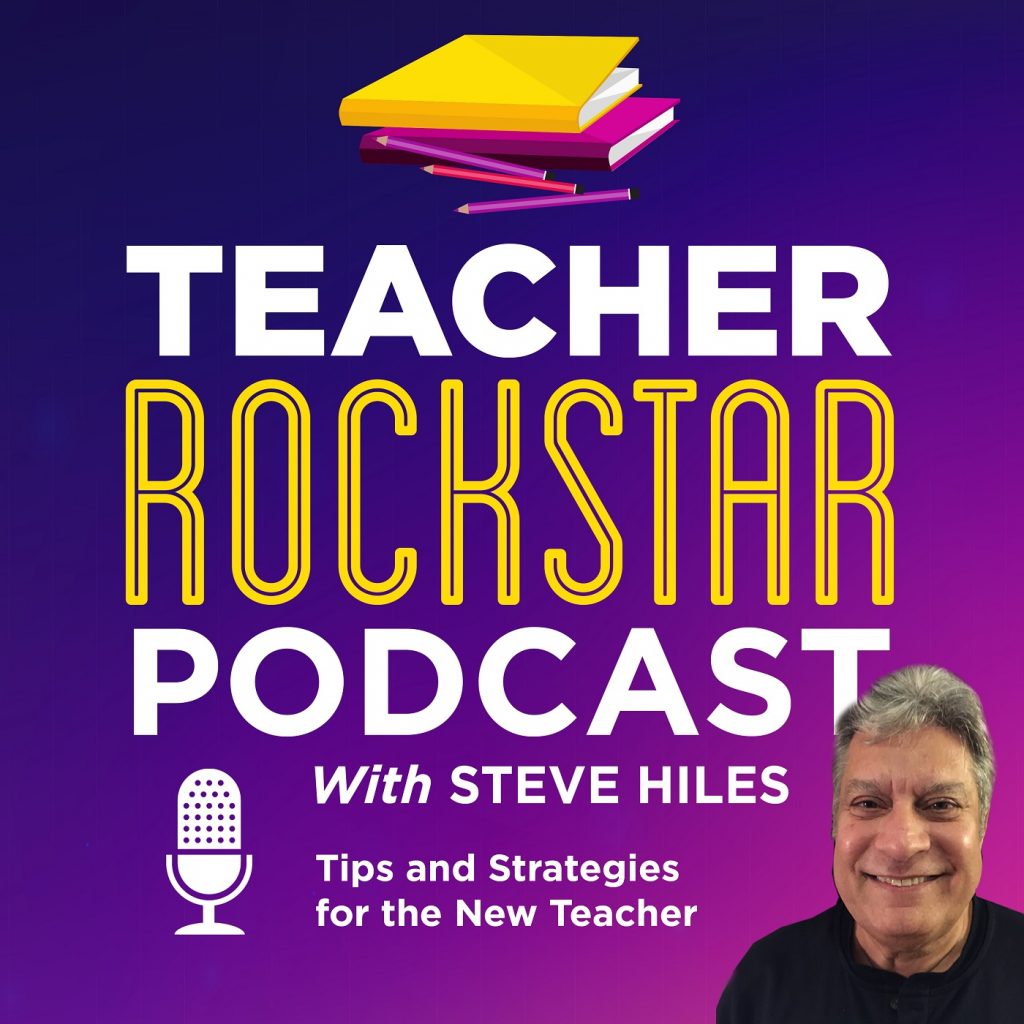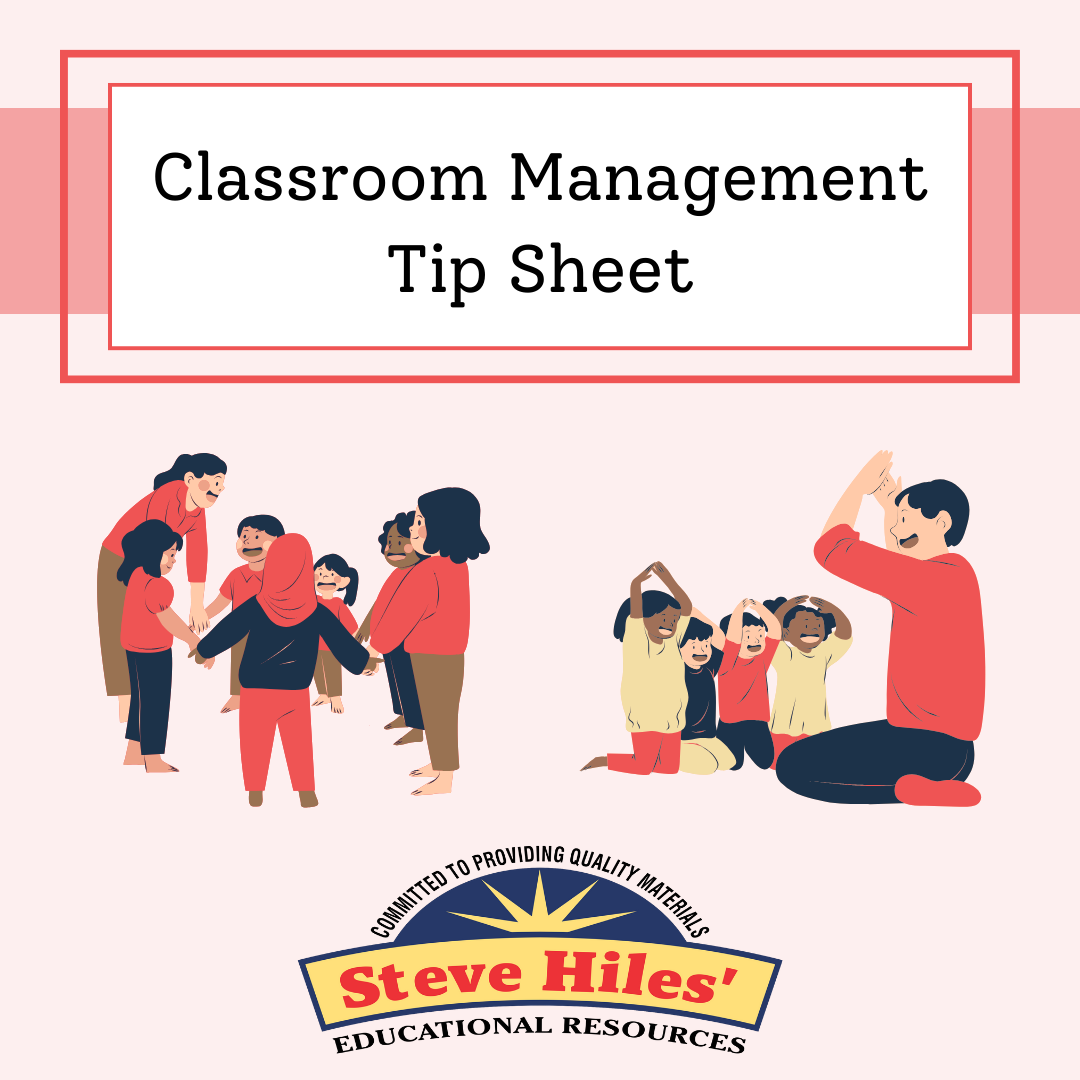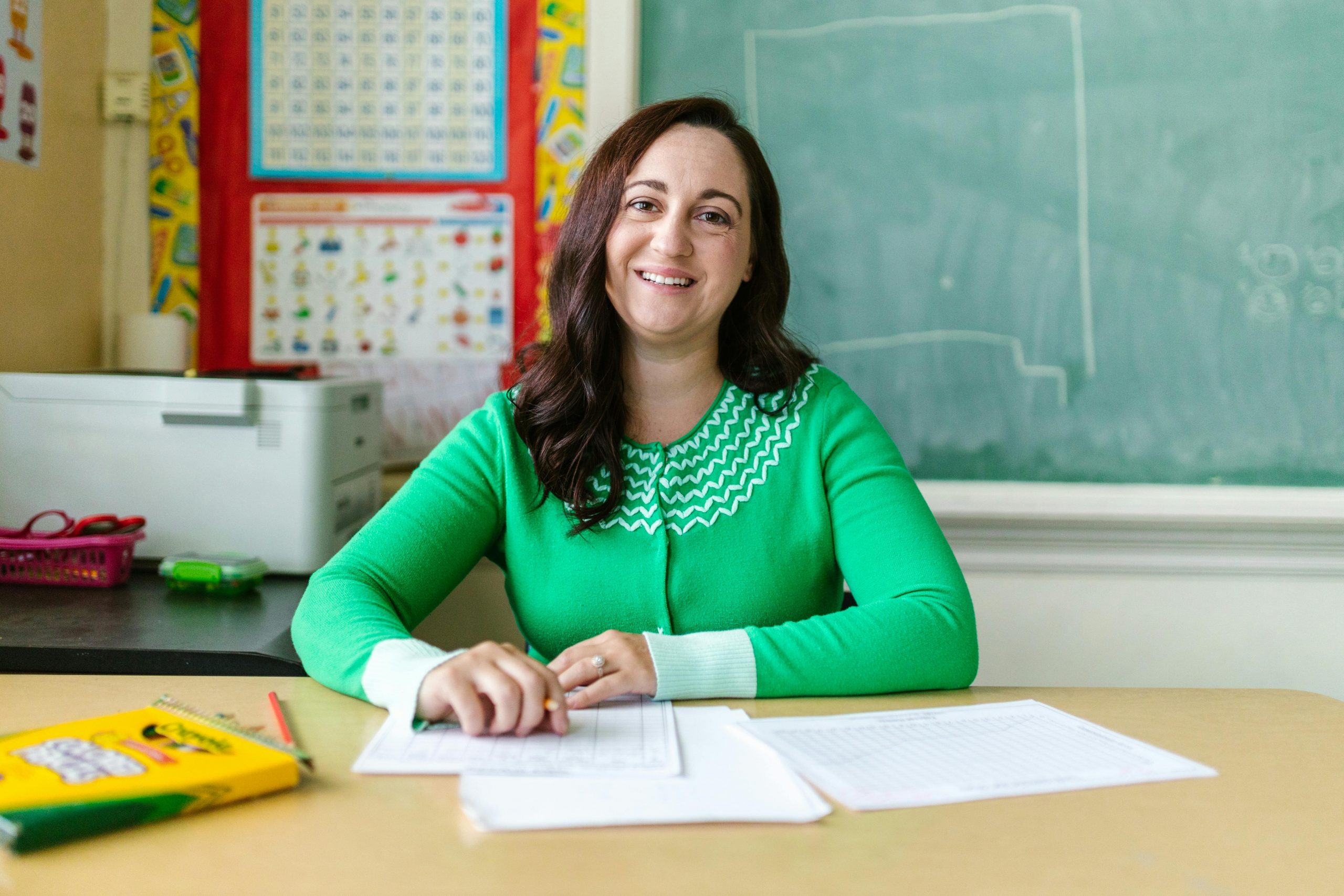What if I told you my classroom setup—something I thought I had totally figured out—nearly wrecked my first year of teaching?
Yeah. That sounds dramatic, I know. But today, I’m pulling back the curtain on something that doesn’t get talked about enough: how most first-year teachers set up their classrooms all wrong… and how to avoid the chaos I walked straight into.
If you’re a brand-new teacher staring at an empty room—or maybe just a Pinterest board and having a mild panic attack—this article is for you.
I’ll be sharing:
- What most rookie teachers get wrong about setup
- What to prioritize so your classroom actually works
- A mindset shift that will save your time, energy, and sanity
Plus, I’ll reveal the one layout decision that nearly derailed my classroom management—and the simple fix that changed everything.
Here’s the first truth I wish someone had told me:
Your setup’s job is to function—not impress.
But that’s not what I thought back then. Nope—I had seen the Instagram photos. The perfectly coordinated reading nooks. The color-coded book bins. The custom bulletin board borders.
So, when I walked into my classroom that first day and looked around at my mismatched furniture, blank walls, and half-finished bulletin boards… I felt like I was already behind.
No theme. No flair. Just me, a couple of pushpins, and a lot of anxiety.
But here’s what I learned the hard way: If your classroom setup doesn’t support your routines, it’s not working—even if it looks cute on camera.
Lesson learned: Your setup has to work for you, not just your students. Make sure you can reach what you need, monitor behavior easily, and reset your space without stress.
Let’s talk about the “zone trap.”
You know what I mean—when your classroom starts to feel like a miniature IKEA. You’ve got a calm-down corner, a math center, a writing station, a mindfulness mat, a cozy reading nook… and suddenly, it’s all zones and no flow.
More spaces might seem engaging, but here’s the truth: Every new area you create is another place that needs structure, supervision, and a routine.
That’s a lot to manage when you’re also learning how to take attendance, handle transitions, and figure out why 27 kids are all raising their hands at the same time.
In my first year, I created this adorable “reading retreat”—a little carpet with pillows, books, and a lamp. Sounded great in theory.
In practice? It turned into a snack hideout.
One day I found two kids having a full-on picnic back there—chips, juice boxes, the works.
Simplify. Focus on these three:
- Whole group area
- Independent work zone
- Teacher zone
You can always add more later, once your systems are solid.
NOTHING IS PERMANENT
Here’s the mindset shift that saved me:
Your classroom setup is a draft, not a final version.
If something isn’t working, that’s not a failure—it’s feedback.
I used to think rearranging the desks mid-year meant I was doing something wrong. But when I finally ditched the rigid rows and tried a U-shape? Game changer.
I could circulate more easily, make eye contact, and cut off disruptions before they started.
And here’s the big reveal I promised:
My biggest mistake? I put my small group table in the back of the room—tucked behind a tall bookshelf.
I thought it would be a quiet space for intervention.
What it became was a blind spot. I couldn’t see half the class. Behavior spiraled. My stress skyrocketed.
Eventually, I moved the table up front where I could see everyone—and suddenly, everything felt more manageable.
One small change made a big difference.
In conclusion…
If you’re walking into your first classroom and wondering where to even start, let me say this:
You don’t need to have it all figured out.
You don’t need color-coded bins or a fully themed decor set.
What you do need is a setup that serves you.
Start simple. Make sure it functions. Let it evolve.
Here’s your quick setup checklist:
- ✅ Prioritize workflow over aesthetics
- ✅ Minimize zones until routines are in place
- ✅ Adjust as you go—it’s not set in stone
You’re going to grow so much this year—and your classroom will grow with you.
📣 FREE RESOURCE
Want a free Classroom Setup Survival Guide?
I made a checklist just for new teachers like you — no fluff, just real strategies that work.
👉 Grab it now!
BONUS READING
For more on how your space impacts student behavior and classroom flow, check out this helpful article from Edutopia:
👉 Designing Learning Spaces That Work









